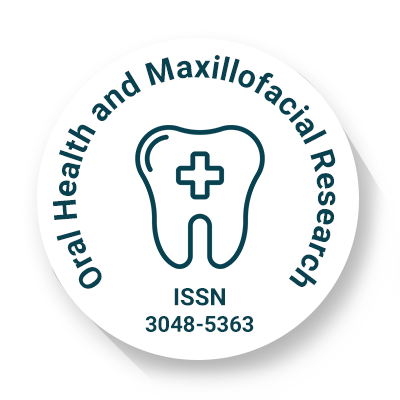
Oral Health and Maxillofacial Research
OPEN ACCESS
ISSN: 3048-5363

OPEN ACCESS
ISSN: 3048-5363

Pleomorphic adenoma, the most prevalent benign salivary gland tumor, predominantly affects females aged 20-45 years. It is characterized by firm consistency, slow growth, and a lack of bone involvement, with the parotid and palatal regions being the most common sites. Although generally benign, it can undergo malignant transformation into carcinoma. An 11-year-old girl with no underlying health conditions presented with a three-month history of progressively enlarging swelling in the left palatal region. Clinical examination revealed a firm, pink, non-tender lesion measuring 3 x 2.5 cm, with intact overlying mucosa. Imaging via panoramic radiography (OPG) and CBCT showed well-defined borders without palatine bone or maxillary sinus invasion. The lesion was enucleated after diagnostic procedures confirmed vitality in all teeth. Complete removal was achieved without damaging adjacent structures. Pathological examination confirmed the diagnosis of pleomorphic adenoma, showing epithelial and myoepithelial cells in a chondromyxoid stroma. Pleomorphic adenoma commonly affects the minor salivary glands, particularly the palate. While treatment approaches vary, many surgeons recommend wide excision with a 1 cm safe margin. In this case, bone excision was unnecessary due to the tumor’s non-invasive nature. Regular follow-up is essential to monitor for recurrence.